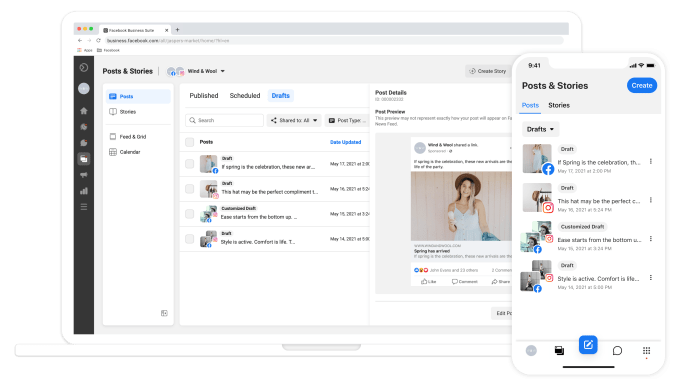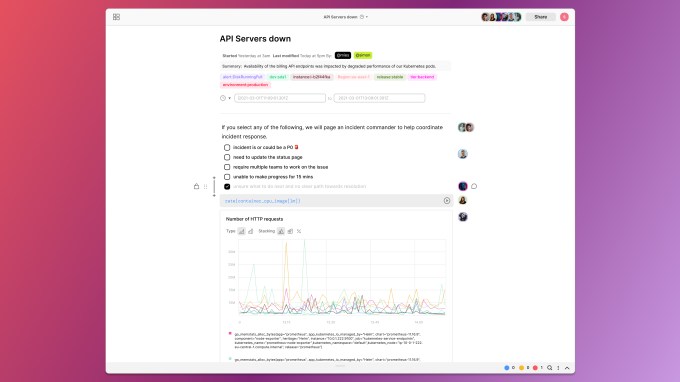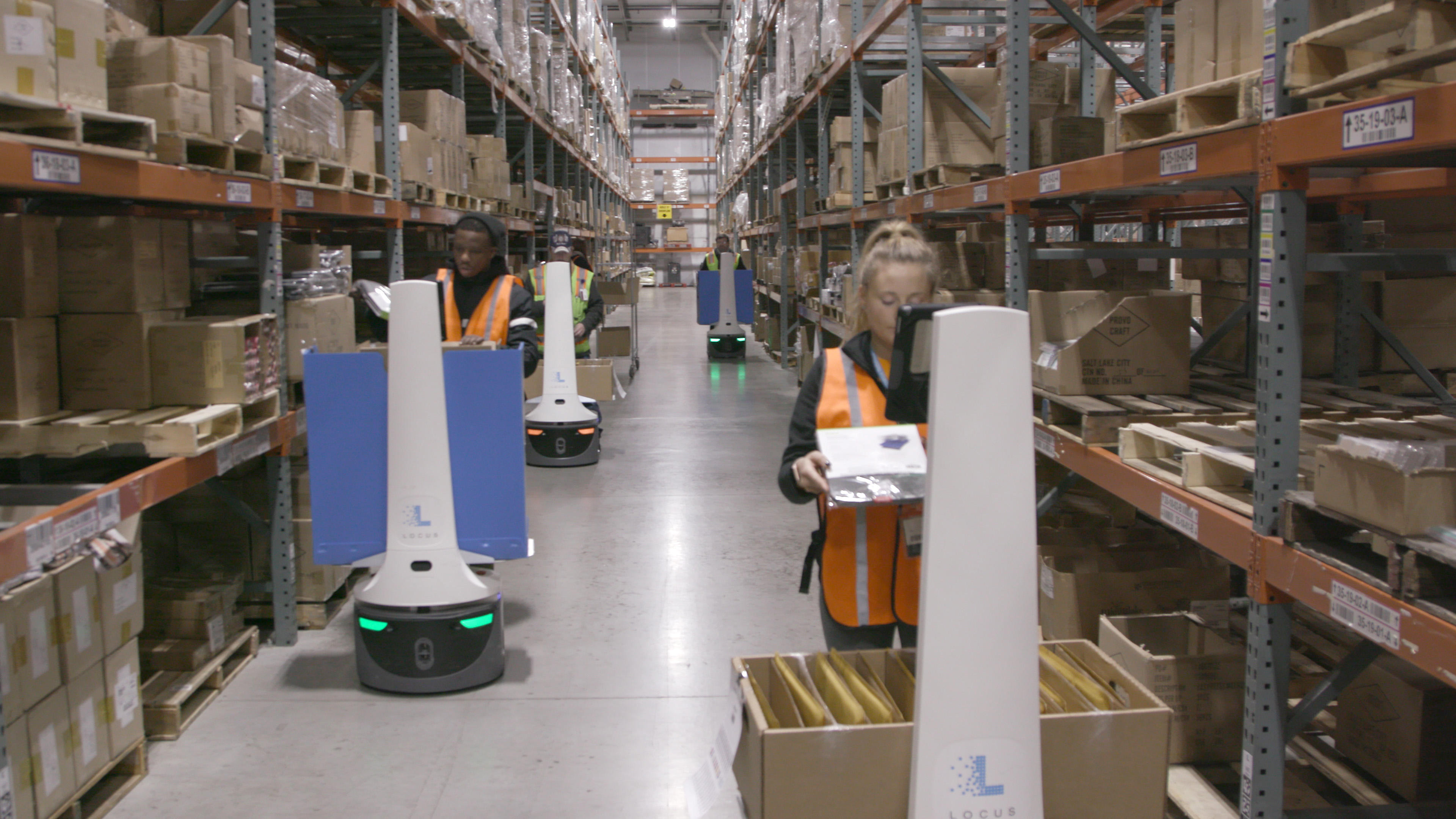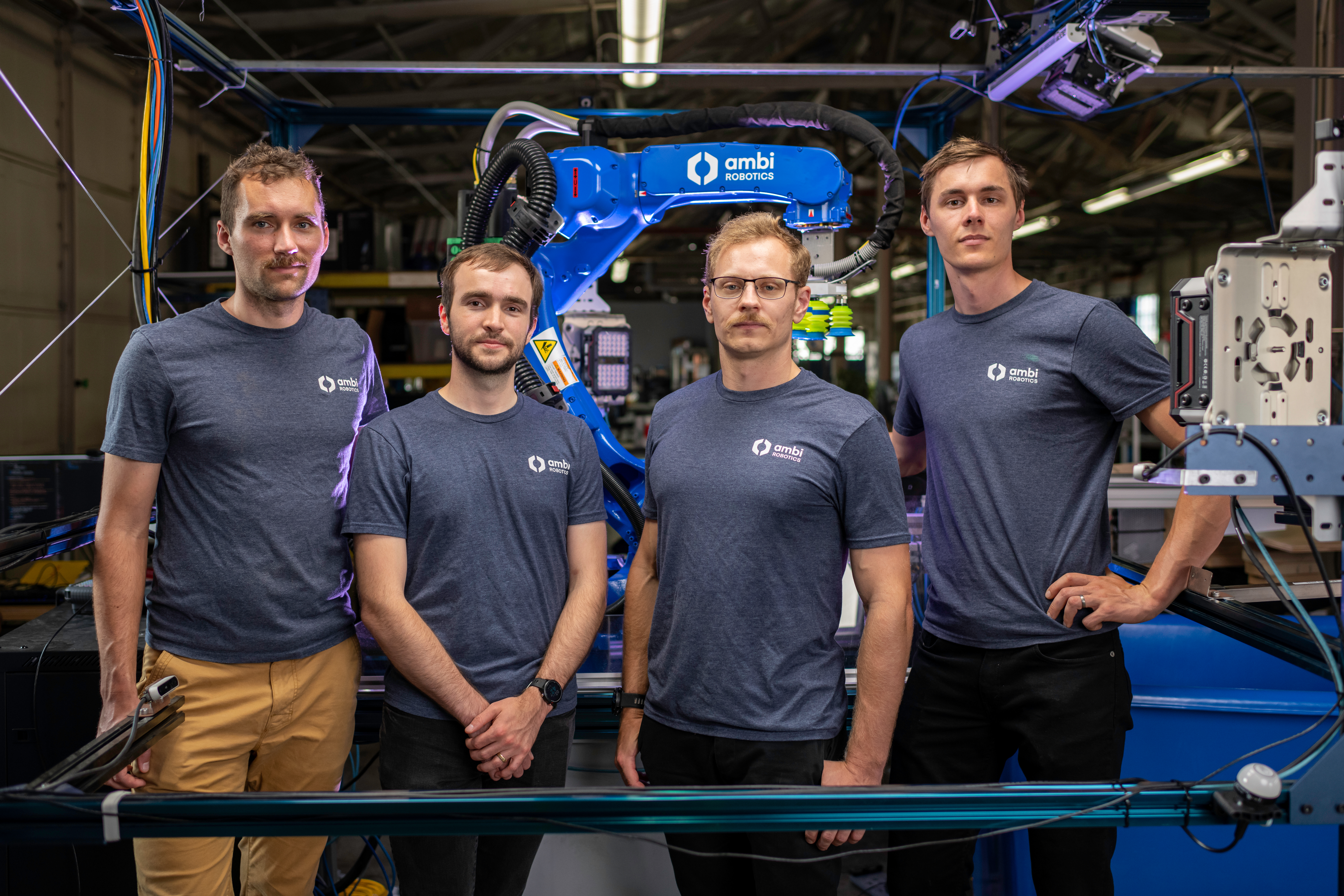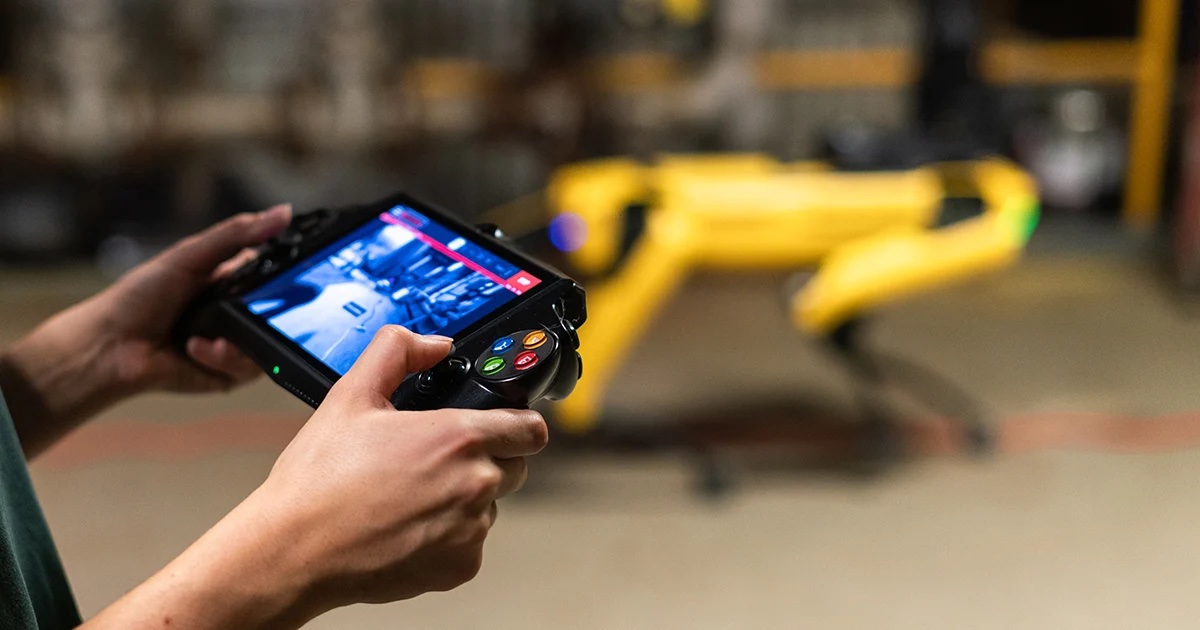News: Whatnot raises another $150M for its livestream shopping platform, evolves into a unicorn
Whatnot, a live streaming shopping platform for collectors to buy and sell things like rare Pokémon cards and Funko Pops, has closed a $150M Series C — its third round of fundraising in 2021 alone. This round pins Whatnot’s valuation at $1.5B, earning it a spot on the ever-growing list of unicorns. So what’s a
Whatnot, a live streaming shopping platform for collectors to buy and sell things like rare Pokémon cards and Funko Pops, has closed a $150M Series C — its third round of fundraising in 2021 alone. This round pins Whatnot’s valuation at $1.5B, earning it a spot on the ever-growing list of unicorns.
So what’s a Whatnot? The app captures a trend that had been growing popular on platforms like Instagram in the US (and was already hugely popular in China): live shopping. Verified sellers can go on the air at any time, hosting on-the-fly video auctions for their goods. Sometimes buyers know exactly what they’re getting. Other times it’s more of a mystery bag; with the popular “card break” concept, for example, users buy assigned portions of an unopened (and often itself rare) box of Pokémon or sports cards and watch its contents revealed live.
This round was funded by return investors A16Z and Y Combinator’s Continuity fund, along with one new firm joining them: CapitalG. They’ve also added a few well-known names to their list of angel investors, including Andre Iguodala of the Golden State Warriors, Zion Williamson of the New Orleans Pelicans, and Logan Paul of the YouTubes. Initial word of this round broke last week, via TheInformation.
Whatnot originally started out as a more standard (less live) resale platform, at first focused on authenticating just one kind of collectable: Funko Pops. As the pandemic took over and everyone was suddenly stuck at home, they leaned hard into live shopping — and grew rapidly as a result.
Meanwhile, the company has been quickly expanding its scope; it grew from just Funko Pops to all sorts of other collectables, including Pokémon cards, pins, vintage clothing, sneakers, and more. LaFontaine tells me that its biggest driver is sports cards, followed by Pokémon and Funko Pops. With each category it dives into, Whatnot focuses on onboarding sellers that are already known and trusted in their respective community; each streamer on the platform is currently vetted by the company before they can go live, helping them keep fraud to a minimum. Doing anything sketchy just means getting booted off the platform and burning your own reputation in the process.
A few other key bits from my conversation with LaFontaine:
- He sees “thousands” of potential categories they can expand into. One they’re working on right now: NFTs. Streamers would be able to import their NFTs into Whatnot, displaying them on screen and bringing them in as (static or animated) overlays in the livestream. Users could tap an onscreen NFT to reveal its metadata and learn more about it.
- He says there are “a couple thousand active livestream sellers” on the platform right now.
- The company’s GMV (the total value of everything sold on the platform) is up 30x since its Series A back in the beginning of this year. Whatnot takes an 8% cut on each sale.
- They’re in the middle of rolling out a “pre-bidding” feature, which will allow users to bid on items they know they want ahead of a livestream — if, for example, the user knows they want a certain thing and want a shot at it, but won’t be able to watch live. Others could still out bid them, of course.
- The company is soon rolling out a complete rebuild of both its iOS and Android apps, with a new UI meant to make the entire process smoother and easier for both buyers and sellers. LaFontaine expects it to ship to everyone in “the next week or two.”
This round brings the company’s total funds raised to $225M — pretty much all of that in the last year. Meanwhile, competition in the space is heating up; Competitors like Popshop have been raising millions for their platforms, and Miami’s Loupe raised $12M back in June (and is opening a physical retail space soon) with its focus laser locked on sports cards live sales.The existing giants want in on it too: YouTube is playing with the live shopping concept, and Amazon has been bringing in influencers to host live sessions. In other words: watch this space. Maybe watch it via livestream.


